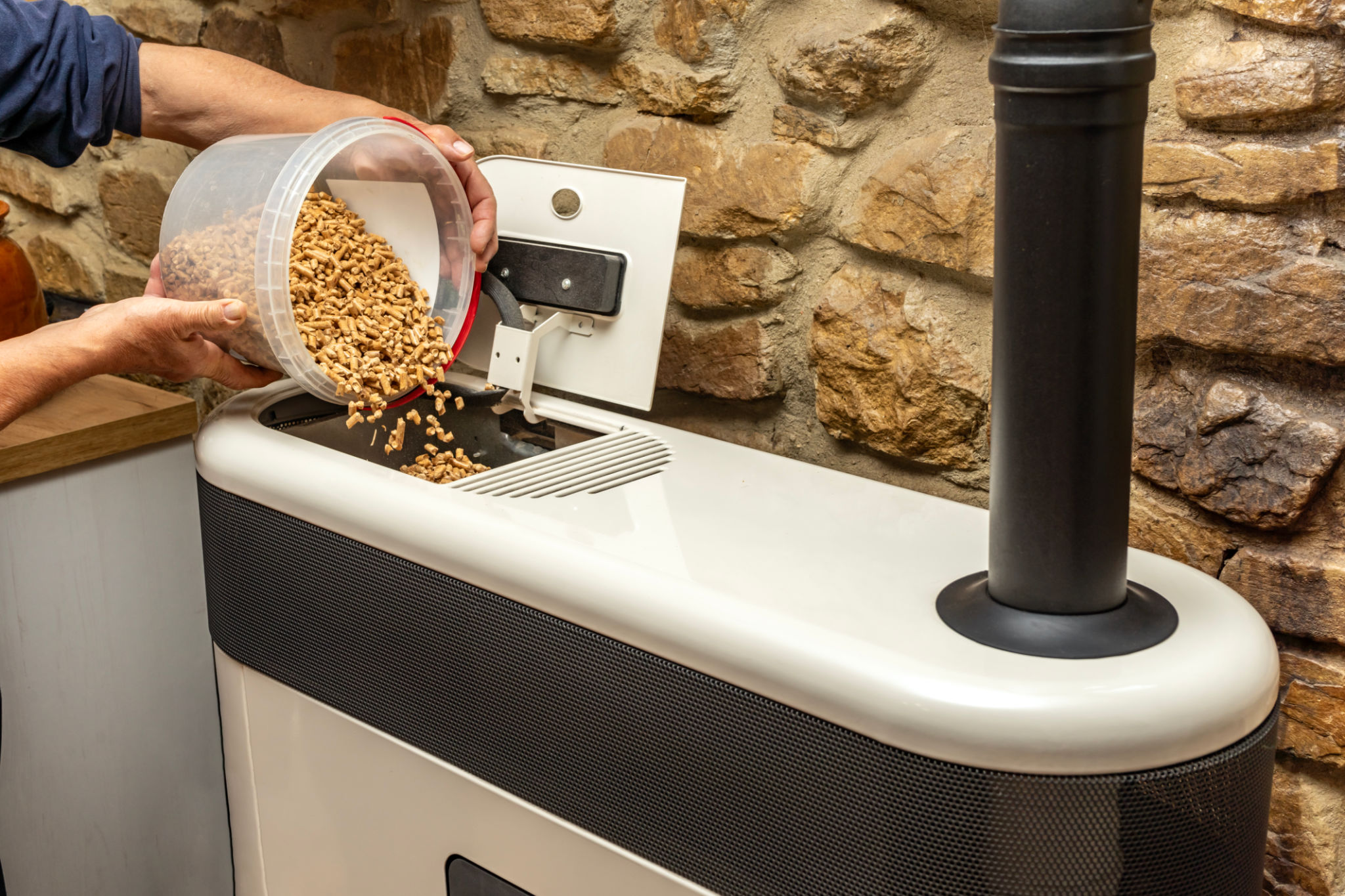Case Study: Successful Transition to Biomass Heating in Finnish Homes
Introduction to Biomass Heating in Finland
As the world shifts towards more sustainable energy sources, Finland has emerged as a leader in adopting biomass heating systems for residential use. With its abundant forests and commitment to reducing carbon emissions, Finland provides an excellent case study on how to successfully transition to biomass heating.
Biomass heating uses organic materials, such as wood pellets and chips, to generate heat. This renewable energy source is not only environmentally friendly but also cost-effective, making it a popular choice in Finnish homes.

The Benefits of Biomass Heating
Environmental Impact
One of the primary reasons Finnish homeowners are choosing biomass heating is its positive environmental impact. By using locally sourced biomass, carbon emissions are significantly reduced compared to fossil fuels. This transition supports Finland's goal of becoming carbon neutral by 2035.
Cost Efficiency
Biomass heating systems are also economically advantageous. While the initial installation cost may be higher than traditional heating systems, the long-term savings on fuel costs are substantial. Additionally, government incentives and subsidies for renewable energy installations make biomass heating even more attractive.

Implementation in Finnish Homes
Adoption Process
The adoption of biomass heating in Finnish homes has been facilitated by a combination of government policies and community initiatives. Homeowners receive guidance on choosing the right system and financial support to offset initial costs. This comprehensive approach ensures a smooth transition to biomass heating.
- Government subsidies for installation
- Community workshops for education and support
- Partnerships with local suppliers for easy access to biomass materials

Challenges and Solutions
Overcoming Initial Costs
While biomass heating offers long-term savings, the upfront costs can be a barrier. To address this, the Finnish government provides financial incentives and low-interest loans to help homeowners manage these expenses.
Ensuring Supply Chain Efficiency
Another challenge is maintaining a consistent supply of biomass materials. Finland has tackled this by developing a robust supply chain network involving local farmers and forestry companies. This not only ensures a steady supply but also supports local economies.

Conclusion and Future Outlook
The successful transition to biomass heating in Finnish homes serves as a model for other countries aiming to reduce their reliance on fossil fuels. With continued support from the government and community engagement, Finland is well on its way to achieving its sustainability goals.
The future of biomass heating in Finland looks promising, with advancements in technology making systems more efficient and accessible. As more homeowners adopt this sustainable energy source, Finland will continue to lead the way in renewable energy solutions.